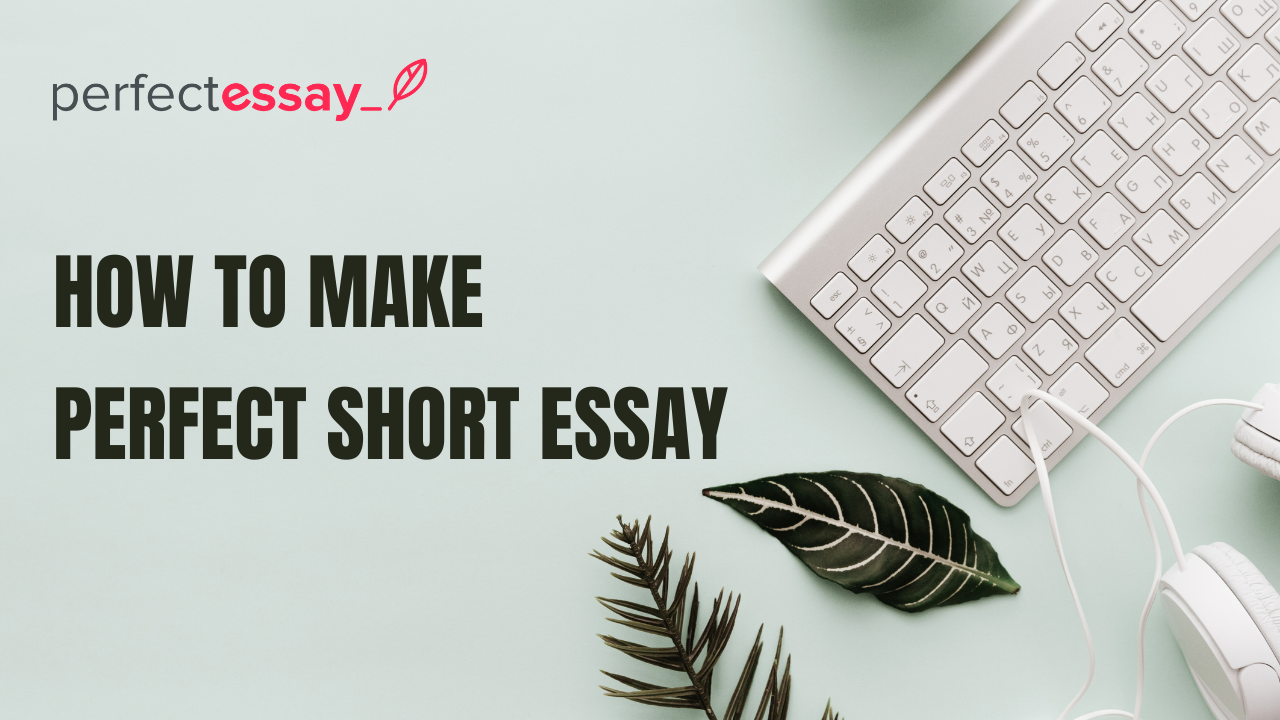Table of Contents
Writing a narrative essay is an important writing skill in which the author takes the audience in a non-fictional experience, he/she has encountered and wraps it in a story he/she narrates using the first person. The author needs to have a narrative essay outline to guide him/her through the work and avoid unnecessary details whilst ensuring all important aspects of the essay are captured. Narrative essay outline writing is a crucial step that helps the writer to organize his/her content to avoid confusion and ensure a logical flow of ideas and events throughout the essay. The outline for a narrative essay should contain all the key pillars of the essay encoded in clear, concise and comprehensive style. Narrative essay outlining helps the writer to organize and set a chronological flow of events in the essay coherently.
How to Write a Narrative Essay Outline (Guide)
Tips concerning introduction writing
The introductory paragraph of a narrative essay should be creative to capture the attention of the audience. A compelling introduction is important to avoid losing the attention of the reader. The introduction hook should be concise and clear, pre-empting the chronological flow of the story. Since one of the primary reasons for writing a perfect essay is to prove a point, it is important to have a topic sentence that introduces the point from a conflicting angle. The introduction should be brief, clear and should hook the reader to proceed to uncover the whole story thus the last sentence of the introductory paragraph should lead the reader to the subsequent body paragraph.
Tips on thesis writing
The thesis writing statement for a narrative essay focuses on the lesson the writer gains from the experience he/she describes in the story. As such, the thesis statement should compel the reader to go through the entire essay to uncover how the author learned the lesson. The thesis statement should in itself contain the core message the author needs to put across. Therefore, the thesis statement should be concise, clear and carry the theme of the story. It should be derived from the lesson the author has learned in the previous experiences and should be structured in a way to introduce the essay. However, the thesis statement should not overshadow the point of telling the story. The thesis statement should contain a clear conflict based on the theme presented by the story at up front.
Tips on Body Paragraphs
The body paragraphs contain the entire story that led to the conclusion the author is defending. To write an effective narrative essay, a chronological flow of events is important to avoid losing the reader halfway through the essay. The length of each paragraph should be three to four sentences. The paragraphs should introduce the next by creating a smooth transition. For a narrative essay, a 5-paragraph essay is suitable to avoid wordiness that is likely to bore the reader. Each paragraph should lead to the other with a smooth transition that keeps the reader yearning for more.
The paragraph should be set chronologically with each preceding paragraph introducing the next one throughout the essay. It is important for the author to stick to the necessary details of the story. Unnecessary details lengthen the story and overshadow the important facts that support the theme of the story. To avoid irrelevant details in the story, the author should adhere to the outline of the essay and only include the important points as they appear in the essay. Sticking to the outline helps the author to remain within the bounds of the story and ensures the clear and coherent flow of ideas whilst focusing on the topic and theme of the essay throughout the body paragraphs.
Tips on Conclusion Writing
The conclusion requires the author to wrap the story in a reconciliatory note that matches the theme of the essay. The author should finalize with invoking the theme of the story and showing how the story led to the lesson asserted earlier in the introduction of the story. Invoking the thesis statement can be an effective way to wrap the story in a reconciliatory note. The author should end the story in a climax resolving note and tone to bring together the story with the theme it was describing.
An Example of the Outline on “My Career Plan”
Here below is a 5-paragraph narrative essay outline example of a career plan to demonstrate the afore-described writing technique. In the following example of a narrative essay outline, the key elements of the effective narrative essay are described in detail, highlighting the most important tactics of effective writing. The examples are based on the topic ‘My Career Plan.’
Introduction
- Good approach: Having a defined career plan in life is important, but learning the importance of a career plan was not a smooth experience.
- A bad example would be: It is important to have a career plan, though it is not always a smooth experience.
- The second example lacks the personal attribution to the story and therefore distances the author from the story he/she has to narrate in the first person.
Body Paragraphs
Paragraph 1:
- A topic sentence to a body paragraph would set the story in a career related environment.
- For example: After my graduation, I landed my first job as an intern with a Fortune 500 IT company. Few more details accompany the description to set the setting for the story.
- A bad approach would be: I started to work as an intern. The issue with the second paragraph is that it fails to hook the audience to the story by avoiding necessary details attributed to the topic.
- Other sentences which follow the lead sentence would be: Since it was my first job, my career knowledge was largely theoretical than practical and often I found myself unable to make informed decisions about my career.
- Such sentence is tied to the leading and would introduce the reader to subsequent events of the story based on the hint about bad decisions or experiences encountered.
Paragraph 2:
- In the second paragraph of background information, a new sentence could be framed like this: Upon the termination of my internship contract, the company offered me a chance to renew the contract, an offer I turned down.
- The second paragraph leading sentence hooks the reader to find out more what happened next.
- A bad example would be framed like this: The internship lasted a few months, and it expired, and I started looking for a new job. The author avoids necessary details necessary in a narrative essay about key events in the story.
Paragraph 3:
For a 5-paragraph essay, the third paragraph should start to harmonize the details of the essay. An example of the leading sentence of the third paragraph would be: The turning point in my career came when I went to a seminar on career development, organized by my third employer. A bad example would be: after my third job, I knew how to plan my career.
Conclusion
To bring the story to a reconciliatory note, the author ought to bring together the story to support his aim of narrating the story.
An example of conclusion sentence would be: After all the experiences I have gone through in my years in formal employment, I have realized the importance of career plan first hand and helped me to create one.




